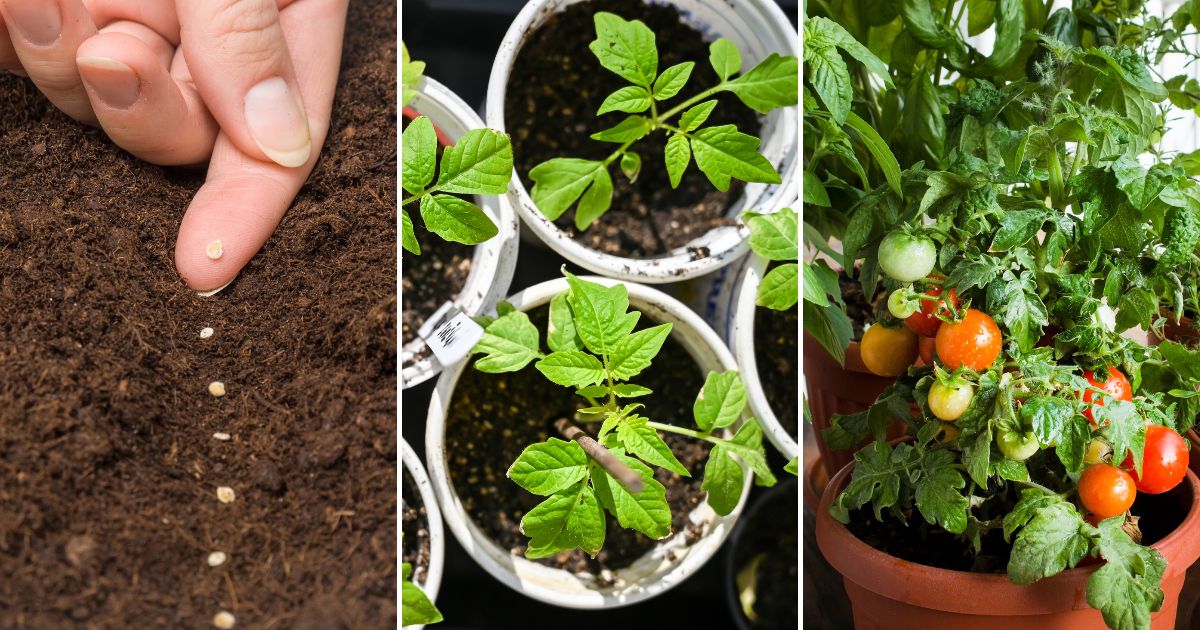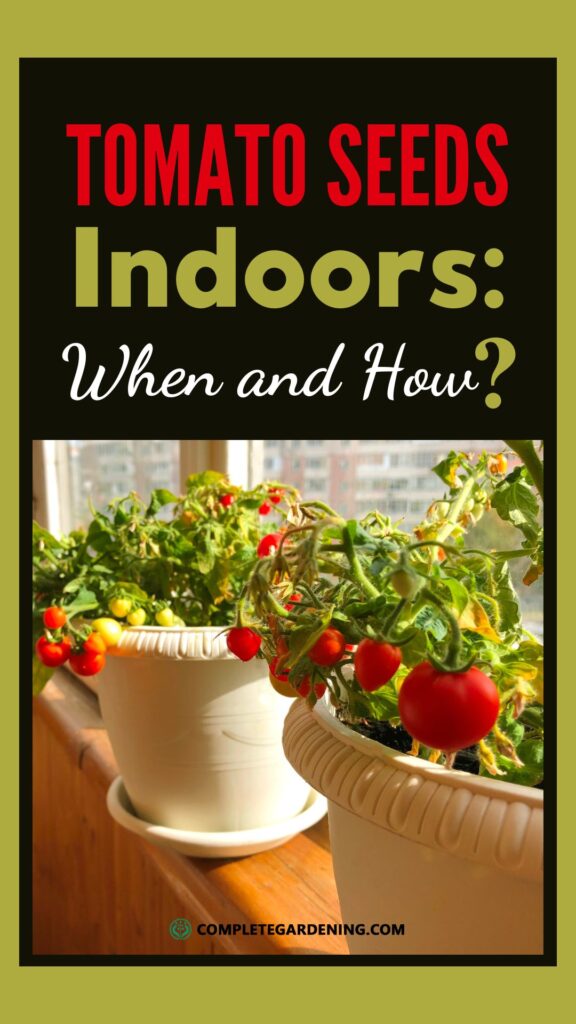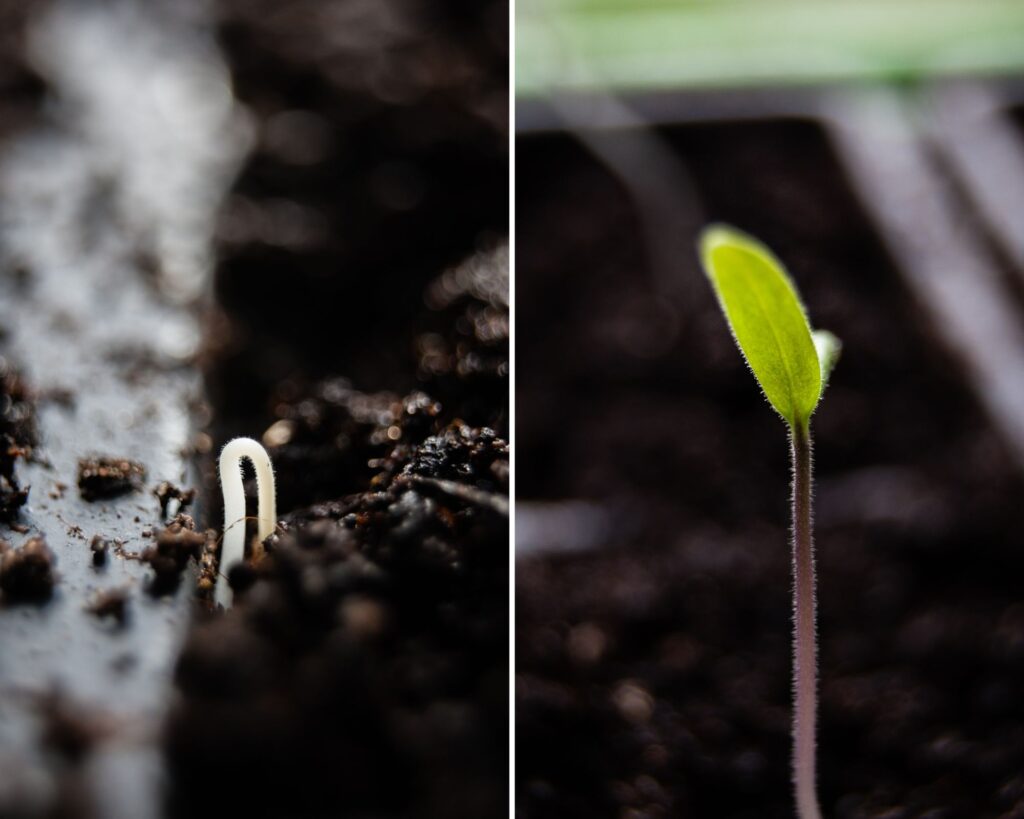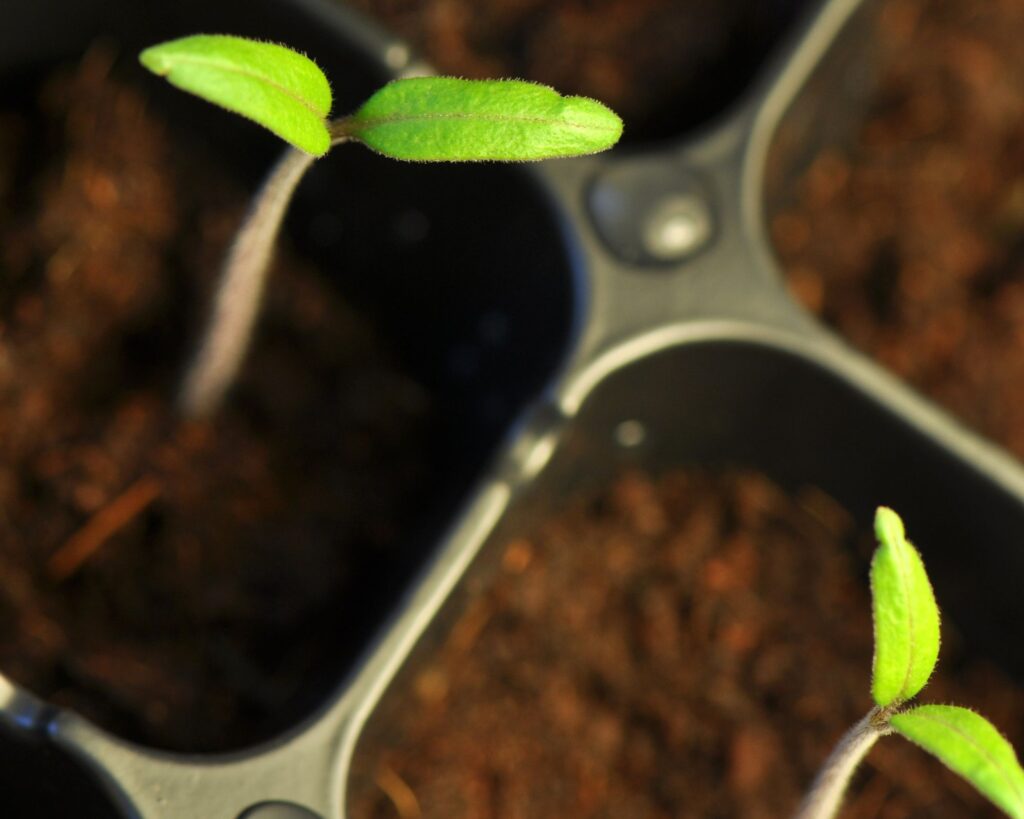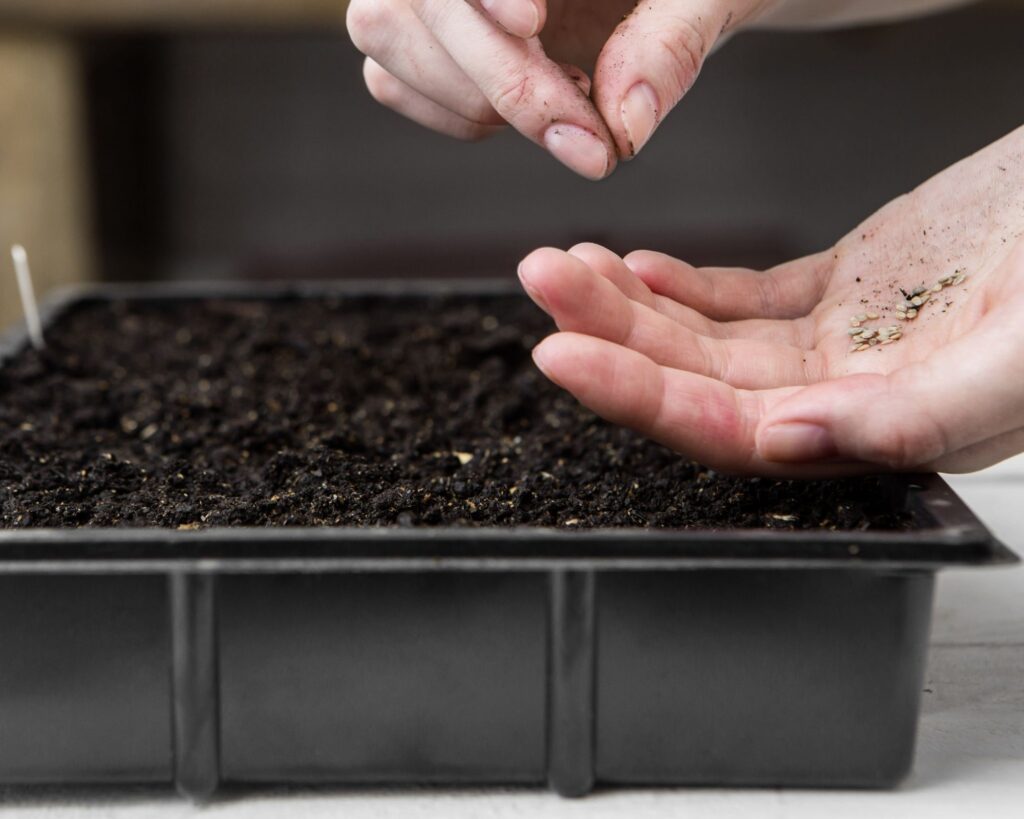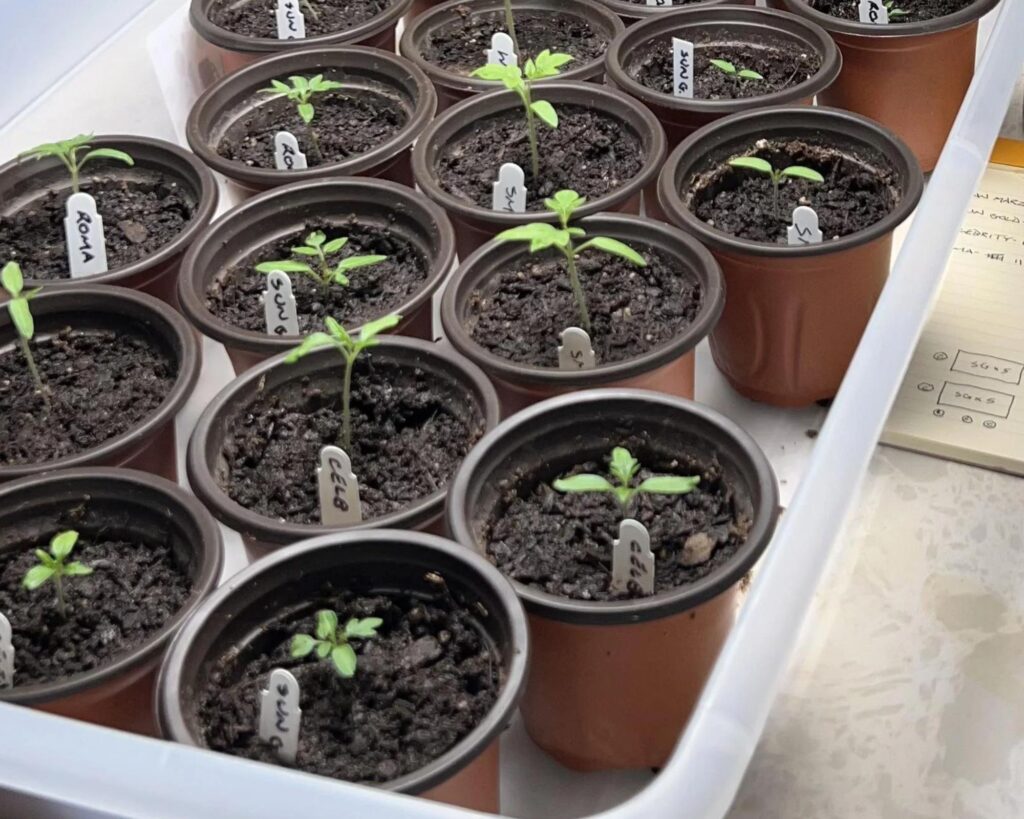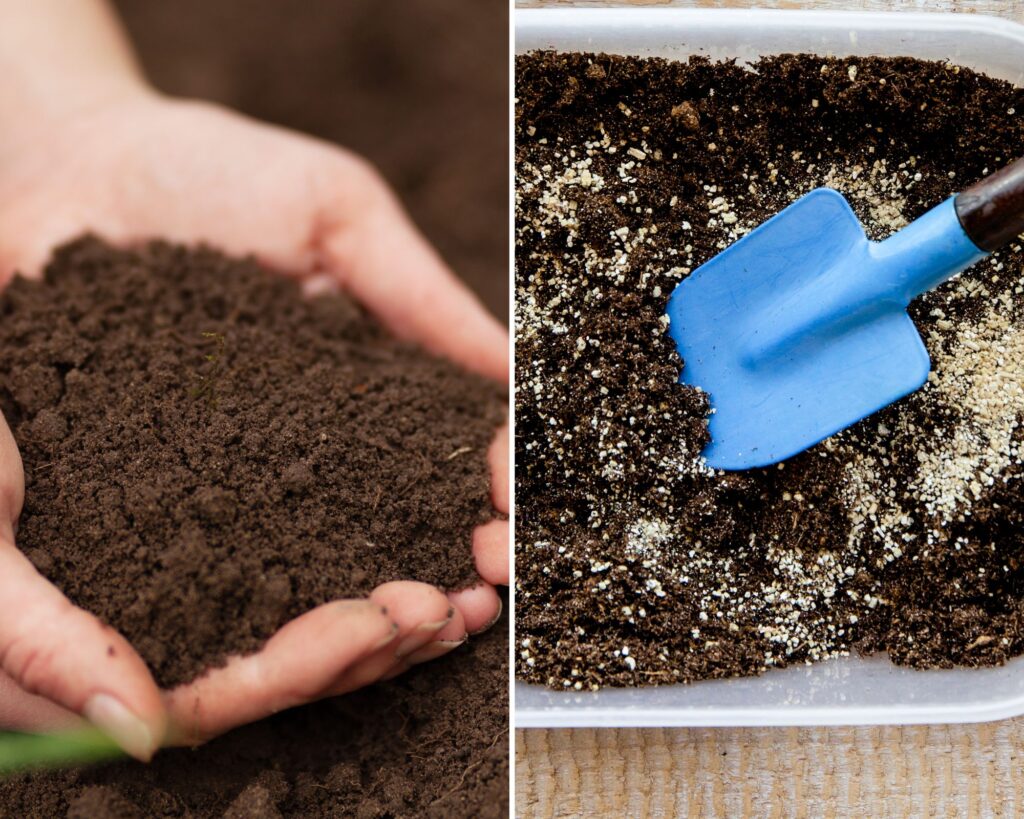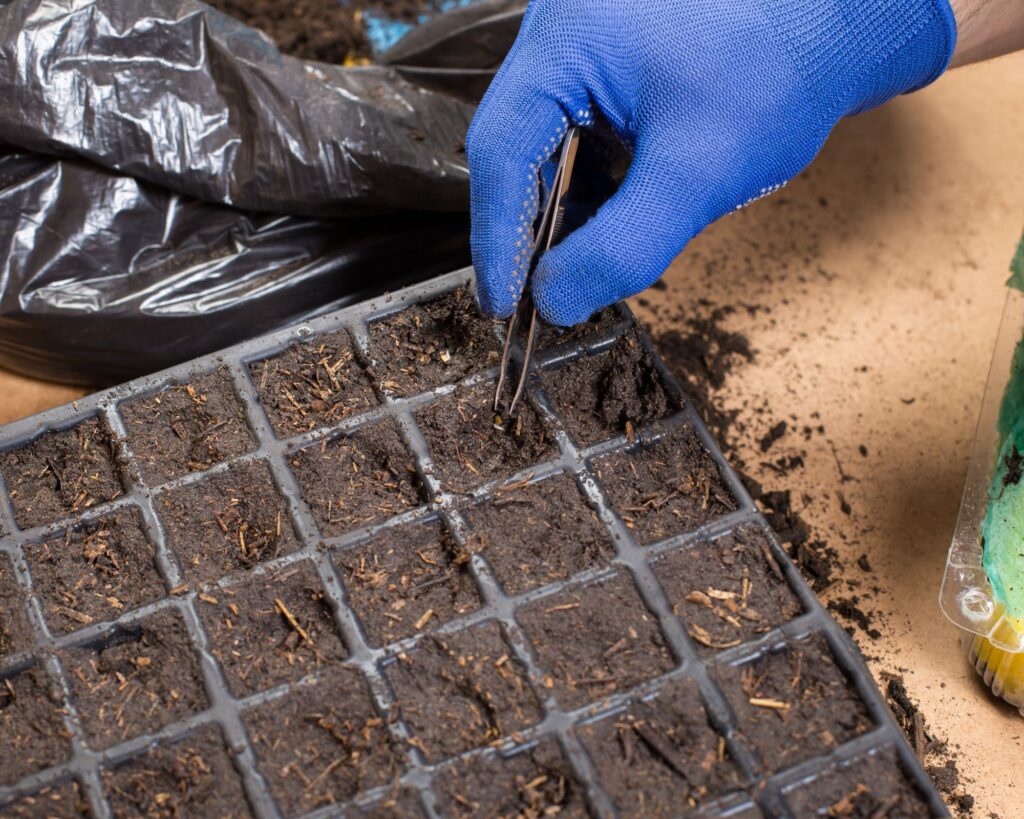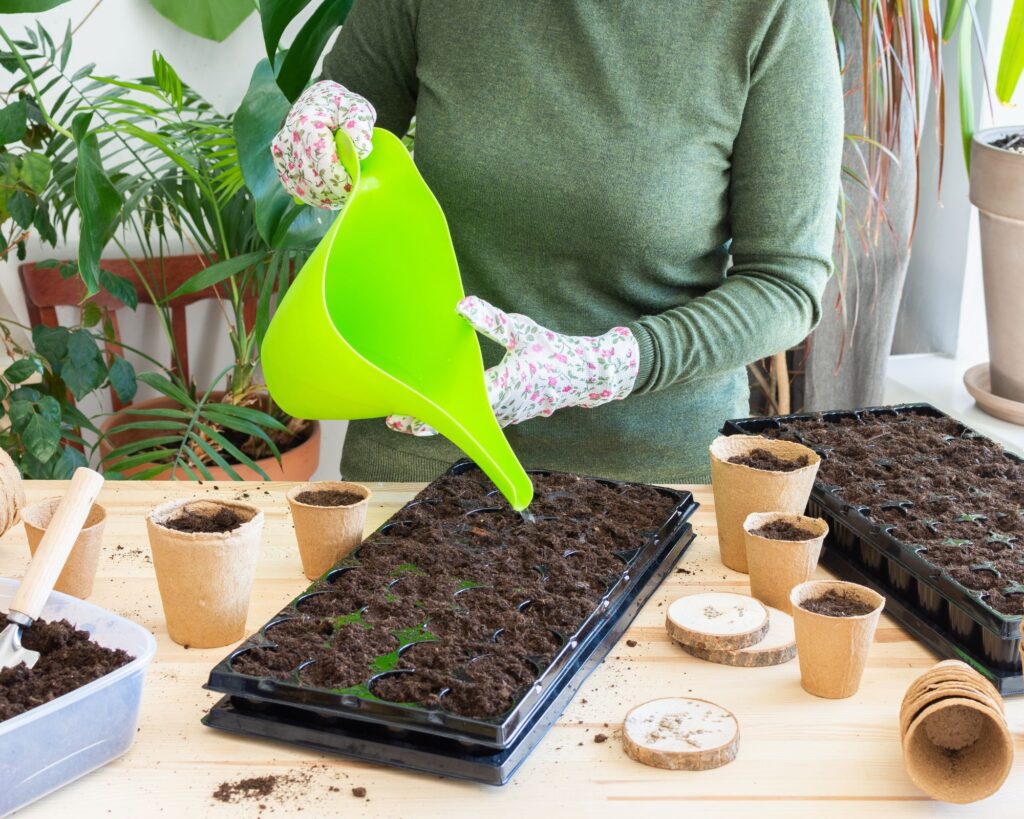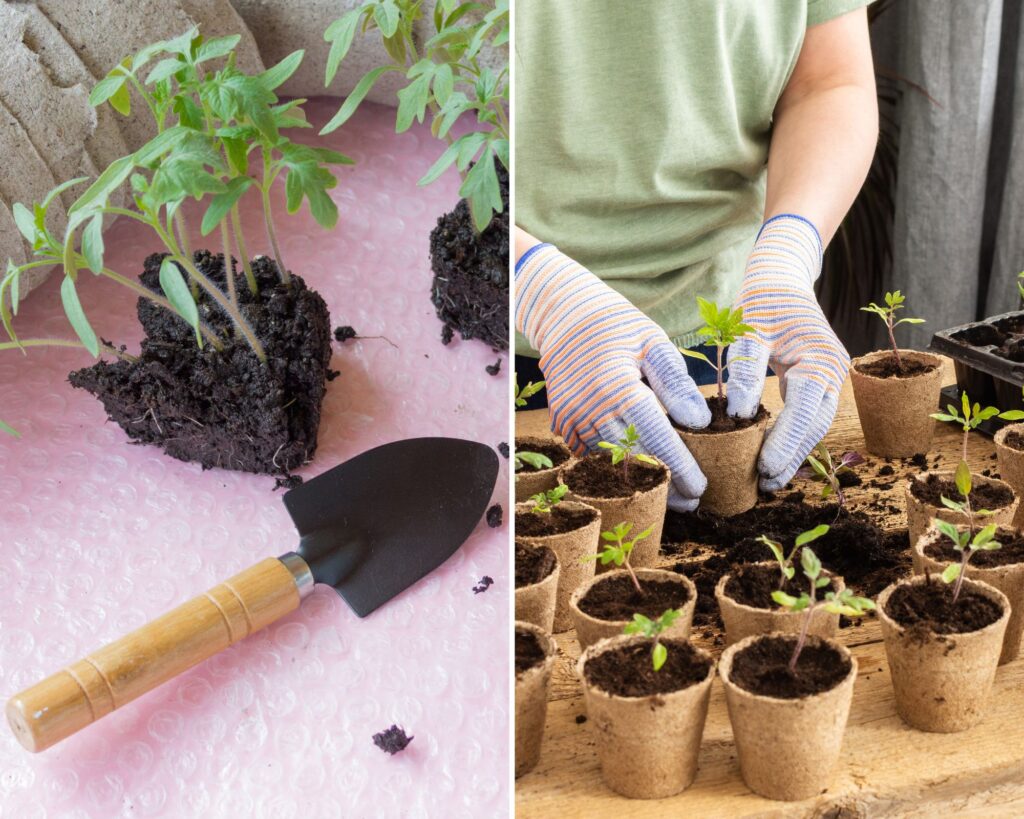Starting tomato seeds indoors can be a game-changer for your gardening success. The best time to start tomato seeds indoors is about 6-8 weeks before the last expected frost date in your area. This gives the plants enough time to grow strong before being transplanted outdoors.
You’ll need a few essentials: quality seed-starting mix, pots or seed trays, and a bright light source. Make sure to plant the seeds about a quarter-inch deep and keep the soil moist until they sprout. Once they do, providing plenty of light is crucial for sturdy growth.
Feeling a bit unsure? That’s okay! Growing tomatoes from seed can be incredibly rewarding and surprisingly simple with the right steps. Stick around as we dive into the details that will make your tomato plants thrive.
Understanding the Tomato Growth Cycle
Tomatoes go through several distinct stages from seeds to mature plants. Each stage requires specific care to ensure healthy growth and abundant fruiting.
Germination Process
Tomato germination starts when seeds absorb water and swell. This stage relies on warmth, light, and moisture.
Tomato seeds germinate best at temperatures between 70-80°F (21-27°C).
Place seeds in a well-draining seed-starting mix. Cover with a light layer of soil and maintain consistent moisture.
Within 5-10 days, you should notice tiny sprouts emerging. Providing sufficient light, either from a sunny window or grow lights, is crucial to prevent leggy seedlings.
Seedling Development
Seedlings enter a critical phase after germination.
Once sprouts appear, strong light and careful watering promote healthy growth. Seedlings need 14-16 hours of light daily.
When the first true leaves develop, usually after the initial cotyledon leaves, you can consider transplanting them into larger pots.
Feed with a diluted, balanced fertilizer to support their development.
Keep temperatures around 65-70°F (18-21°C) during this stage for optimal growth.
Determining the Best Time to Start Seeds Indoors
Timing your indoor seed starting correctly ensures robust growth and a healthy transplantation process. Two key factors to consider are your region’s last frost date and the specific climate conditions affecting your area.
Last Frost Date Considerations
Understanding the last frost date in your area is crucial. Gardens rely heavily on this date to plan seed starting. You can find this information from local agricultural extensions or online databases.
Start your seeds 6-8 weeks before this date for most tomato varieties. This timeframe allows seedlings to mature sufficiently before moving them outdoors. If you’re growing heirloom or specific varieties, adjust based on the seed packet instructions.
Regional Climate Factors
Your regional climate significantly impacts seed starting. Warmer regions might allow earlier starts, while cooler areas require more patience.
Assess your microclimate, considering factors like elevation and nearness to bodies of water. Adapt your timing if you live in a high-altitude area, as cooler temperatures persist longer. Use your local weather patterns to guide you.
Consider using grow lights or heating mats if your indoor environment is too cold. This provides a stable environment, ensuring your seedlings thrive indoors.
Setting Up Your Indoor Seed Starting Station
Creating an effective indoor seed starting station ensures your tomato plants will thrive. Focus on choosing the right containers, selecting the best soil and fertilizers, and controlling lighting and temperature.
Choosing the Right Containers
Using the right containers can significantly impact your tomato seedlings’ health. Seed trays are popular because they save space and make it easy to manage multiple plants. Biodegradable pots are an eco-friendly alternative that can be planted directly into the garden, reducing transplant shock.
Plastic pots are durable and can be reused for several seasons. Regardless of the type, ensure containers have good drainage to prevent waterlogging. Seed-starting pots should be at least 2-3 inches deep to allow roots to grow. Clean and sterilize containers before use to avoid diseases.
Selecting Soil and Fertilizers
A good soil mix is crucial for strong tomato seedlings. Use a light, well-draining seed-starting mix instead of garden soil. These mixes often contain peat moss, vermiculite, and perlite, which help with moisture retention and aeration.
For fertilization, a balanced, water-soluble fertilizer works best when seedlings develop their first true leaves. An initial mixture might include a ratio of 10-10-10 NPK. Be cautious with the amount; too much fertilizer can harm seedlings. Once transplanted, you can switch to a tomato-specific fertilizer to support growth.
Lighting and Temperature Control
Adequate lighting is essential for your tomato seedlings. If natural sunlight is limited, use grow lights to ensure they receive 14-16 hours of light daily. Position lights 2-3 inches above the seedlings and adjust as they grow.
Temperature plays a key role in germination and growth. Keep the room temperature between 70-75°F (21-24°C) during the day. Using a heat mat can help maintain consistent soil temperature, especially during germination. Night temperatures can be a bit cooler but shouldn’t fall below 60°F (16°C).
Monitoring both lighting and temperature ensures your seedlings grow strong and healthy, ready for transplanting.
Planting and Caring for Tomato Seeds
Starting tomato seeds indoors ensures healthy growth and a robust transplant. You’ll need to focus on proper sowing techniques and consistent moisture management to give your tomato plants the best start.
Seed Sowing Techniques
Begin by filling seed trays or pots with a high-quality seed starting mix. Avoid using garden soil as it can be too heavy and may contain pests. Moisten the mix lightly before planting.
Sow the tomato seeds about 1/4 inch deep. Cover them gently with the seed mix. You should plant two to three seeds per cell or pot to ensure germination.
Place the trays in a warm area, ideally around 70-75°F (21-24°C). You can use a seedling heat mat to maintain optimal temperature. Ensure the seeds receive plenty of light, either from a sunny windowsill or grow lights placed a few inches above the plants.
Moisture and Watering Tips
Keep the soil consistently moist but not waterlogged. Use a spray bottle to mist the surface of the seed starting mix. This ensures even moisture without disturbing the seeds.
Once the seedlings emerge, be careful not to let them dry out. Maintain humidity by covering the trays with plastic wrap or a humidity dome until the seeds sprout.
Water the seedlings from the bottom once they develop their first true leaves. Place the trays in water and let the soil absorb it for about 10-15 minutes. This encourages deep root growth and prevents fungal issues.
Keep an eye on humidity levels, especially if using a dome. Remove the cover gradually to acclimate the seedlings to the ambient room conditions.
Transplanting Seedlings Outdoors
Transplanting tomato seedlings outdoors requires both careful timing and proper soil preparation to ensure healthy growth and productivity. It’s also crucial to gradually acclimate the plants to their new environment.
Hardening Off Process
Before moving your tomato seedlings outdoors, introduce them to external conditions gradually. Start by placing them outside for a few hours during the warmest part of the day. Over the next 7-10 days, slowly increase the time they spend outside, eventually leaving them out overnight if temperatures are above 50°F (10°C). This process helps the seedlings adjust to sunlight, wind, and temperature variations, reducing transplant shock.
Timing and Soil Preparation
Transplant seedlings only after the last expected frost date in your area. Aim for a cloudy day or late afternoon to prevent sun stress. Soil should be rich and well-draining. Enhance it with compost or well-rotted manure. Dig holes deep enough to bury the stem up to the first set of true leaves. Space plants about 24-36 inches apart to allow for proper growth and air circulation. After planting, water thoroughly to help the roots settle.
Starting tomato seeds indoors is a rewarding venture that can set the stage for a bountiful harvest. By timing your seed-starting efforts correctly and providing the ideal conditions for germination and growth, you’re giving your tomato plants the best possible start. Remember, the key is to be patient and attentive – monitoring light, temperature, and moisture levels carefully.
As your seedlings grow and thrive indoors, you’ll be preparing them for a smooth transition to the garden. With these steps, you’ll not only boost your gardening success but also enjoy the satisfaction of cultivating healthy, vibrant tomato plants right from the start.
